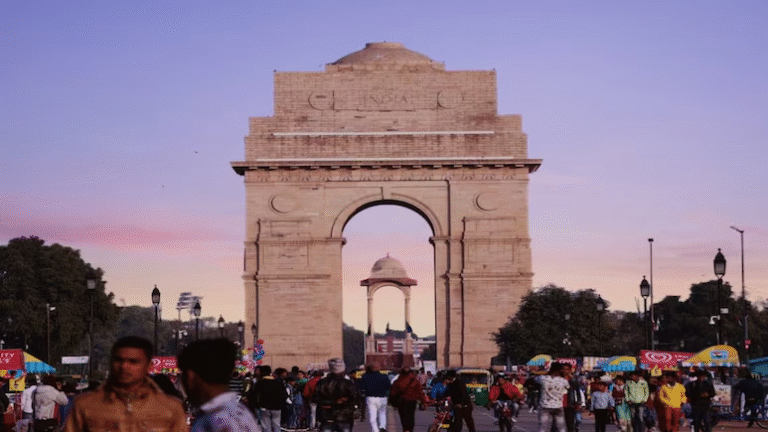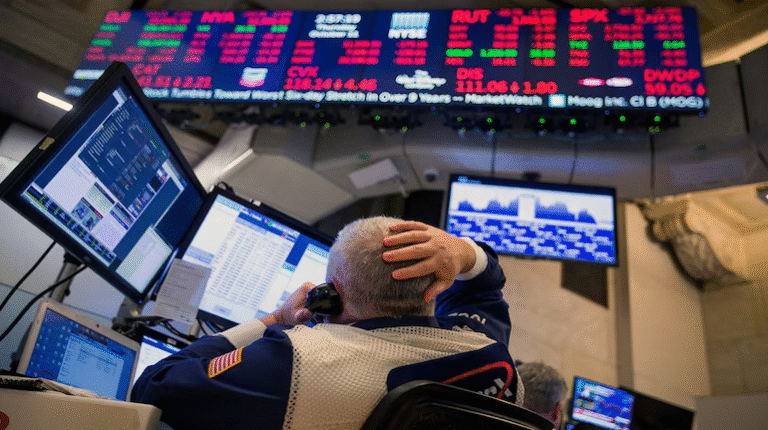
The anticipation surrounding the Eid 2025 moon sighting is building across India, Pakistan, Bangladesh, and other South Asian countries as Muslims eagerly await the arrival of Eid-ul-Fitr. Celebrated on the first day of Shawwal, the tenth month of the Islamic lunar calendar, Eid-ul-Fitr’s exact date is determined by the sighting of the crescent moon. This cherished tradition involves religious leaders, families, and even modern technology, such as AI-powered drones used in the UAE, to confirm the appearance of the new moon.

Eid 2025 Moon Sighting: Diverse Global Celebrations
While countries like Saudi Arabia, the UAE, and the UK have already confirmed their Eid celebrations following the Shawwal moon sighting, millions of Muslims in India, Pakistan, Bangladesh, and other regions continue to monitor the skies. The announcement of the crescent moon’s appearance brings immense joy, shared through media outlets, mosques, and community organizations.
The festival, also known as the ‘Festival of Breaking the Fast,’ signifies the end of a month of deep spiritual devotion. Ramadan is marked by fasting from dawn to sunset, abstinence from worldly distractions, and dedication to prayer, self-reflection, and charity.
Why Eid-ul-Fitr Dates Differ Across the Globe
The Islamic calendar is lunar-based, meaning each month is either 29 or 30 days long. As a result, Eid-ul-Fitr moves approximately 10 to 11 days earlier each year, gradually shifting across different seasons over time. This lunar variation contributes to the festival’s dynamic and diverse nature, with some countries celebrating Eid a day or two before others.
The Deeper Meaning of Eid-ul-Fitr
Eid-ul-Fitr is not only a joyous celebration but also a time of reflection, gratitude, and generosity. As Ramadan ends, Muslims worldwide focus on acts of kindness, including giving Zakat (mandatory almsgiving) and Sadaqah (voluntary charity) to those in need. This charitable spirit continues throughout Eid, reinforcing the values of compassion and unity central to Islam.
Eid Celebrations Across Cultures
The day begins with special prayers at mosques, with worshippers dressed in new or neatly pressed attire, exchanging warm greetings of “Eid Mubarak.” Families and friends gather to share lavish feasts, exchange gifts, and strengthen bonds. Traditional dishes like aromatic biryani, kebabs, crispy samosas, and desserts like sheer khurma and ras malai are enjoyed across households.
These culinary delights are more than just food; they represent the warmth, hospitality, and cultural richness of the occasion. The joyous atmosphere fosters a sense of unity and love, connecting generations and strengthening community ties.
Eid-ul-Fitr: A Celebration of Faith, Gratitude, and Togetherness
Eid-ul-Fitr is much more than a festive occasion—it’s a testament to faith, unity, and gratitude. Whether through heartfelt prayers, acts of kindness, or joyous gatherings, the essence of Eid lies in the beauty of togetherness and the importance of giving back. As the crescent moon ushers in this day of celebration, families and communities worldwide unite to embrace the blessings of Eid.
Eid Mubarak!






